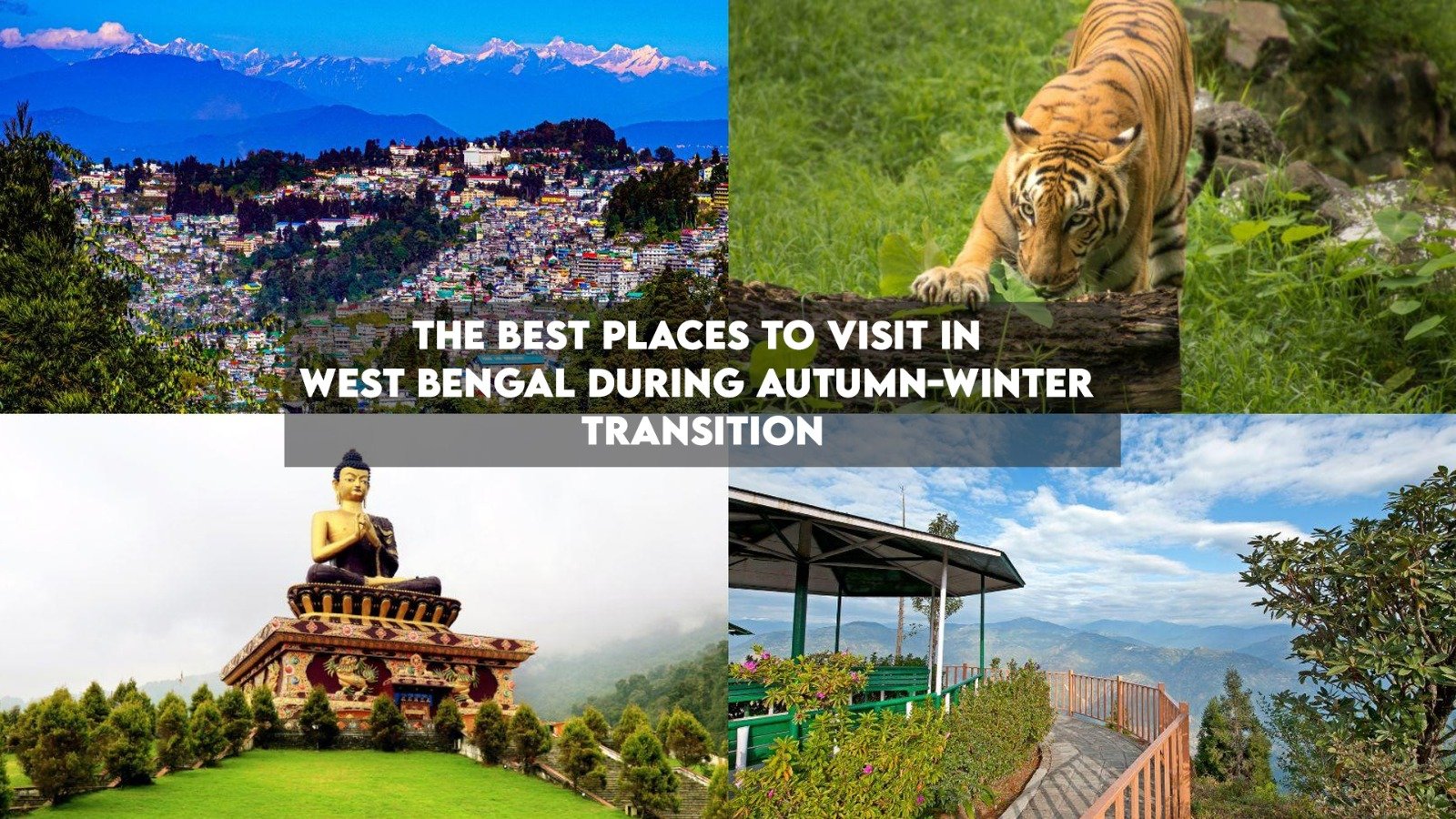In India, winter is a freezing time of year. It begins following the autumnal equinox and ends with the arrival of the spring equinox. Compared to the other seasons of the year, the winter season causes significant changes in the atmosphere. The atmosphere gets extremely chilly, and cold winds blow quickly. The day becomes short. The night grows long. Sometimes the sky is covered in thick clouds that prevent us from seeing the sun, yet the sky is incredibly bright and beautiful on other winter days. The air gets extremely dry but dusty. Wintertime sunlight becomes soft and light-warm and feels good on the skin.India's winter season typically lasts from December through February. The Himalayas have the lowest temperature in India during the winter relative to other regions. The southern Himalayan region experiences snowfall and chilly rain, which generates cold waves that spread into the plains and bring the temperature to chilling levels. This only happens for a few days despite occasionally dropping below zero degrees. Many areas of northern and central India do not get snowfall, even during the worst winter months. However, fog is the most frequent weather nationwide during the winter months. It occasionally interferes with daily living and restricts the mobility of services. Additionally, the southern states of India, such as Maharashtra, Tamil Nadu, and Karnataka, experience moderate wintertime temperatures as opposed to the northern ones, which experience significantly colder temperatures.Not everyone enjoys the winter season. For all the stray animals, people living in hilly locations, and homeless people, the season causes significant difficulty. During this period, several areas of our country (particularly the mountainous ones) get daily snowfall or rain. Since the routes become impassable owing to snowfall or dense fog, it makes it difficult for people living there to survive.
Winter In India
Sarmistha Ray
||
Post On > Dec 4 2023 ||


The Best Places to Visit in West Bengal During Autumn-Winter Transition
2025-10-08 10:55:53

Durga Puja: A Celebration of Culture, Devotion, and Togetherness
2025-08-28 14:45:06

Recitation Was Once Considered a Competitive Sport in Ancient Greece
2025-08-13 13:11:14

Recitation Across Cultures: A Global Perspective
2025-08-06 14:50:44

The Power of the Spoken Word: Techniques and Traditions in Recitation
2025-07-30 13:51:52

Travel in Monsoon: A Magical Experience
2025-07-02 15:03:12